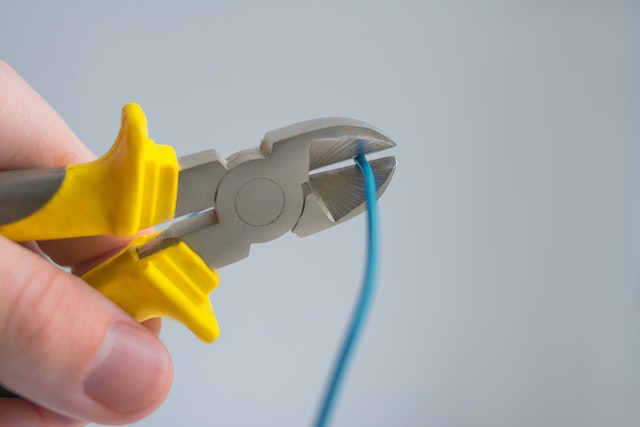
Not all electrical wires are made of copper. While copper is a popular choice of conductor material, some wires contain aluminum, instead. They are used for the same purpose of providing a conductive pathway for electricity. Rather than a copper core, though, aluminum wires feature an aluminum core. Here are six facts about aluminum wiring.
#1) Commonly Used in the 1960 and 70s
Aluminum wires are still found in many homes and homes, but they were particularly common during the 1960s and 70s. The price of copper has skyrocketed around this time. To save money, builders and electricians switched from copper to aluminum wires. Using aluminum wires allowed builders and electricians to save money. Copper has since replaced aluminum as the leading conductor material for electrical wires, but aluminum wires are still used in many electrical systems.
#2) Requires a Higher AWG
You may notice that aluminum wires are thicker than their copper counterparts. For most electrical applications, a higher American Wire Gauge (AWG) is required for aluminum wires than copper wires. This is because aluminum has greater resistance than copper, and to accommodate for resistive properties, a higher AWG is required.
#3) Weighs About One-Third Less Than Copper
There’s a noticeable difference in the weight of aluminum wires versus copper wires. Aluminum wires weigh about one-third less than copper wires. Thanks to their lightweight properties, they are easy to transport and install.
#4) Susceuptiple to Oxidation
Aluminum wires are susceptible to oxidation. Oxidation is a chemical reaction that involves a material, such as aluminum, undergoing a transformation due to oxygen exposure. There’s oxygen in the air, water and soil. When exposed to oxygen, aluminum may oxidize. Oxidation can degrade aluminum wire, thus increasing the risk of electrical failure.
#5) Higher Coefficient of Thermal Expansion
All types of wires can expand and contract from temperature changes. Aluminum wires, however, have a higher coefficient of thermal expansion than copper wires. This means aluminum wires will expand more when exposed to hot temperatures, and they’ll contract more when exposed to cold temperatures. A high coefficient of thermal expansion can lead to other issues such as loosening connections over time.
#6) Different Code Requirements
Aluminum wires have different code requirements than copper wires. They are subject to specific code requirements, including those outlined by the National Electrical Code (NEC). These guidelines provide recommendations for proper installation techniques, connectors, and terminations for aluminum wires in order to ensure safety and performance.

